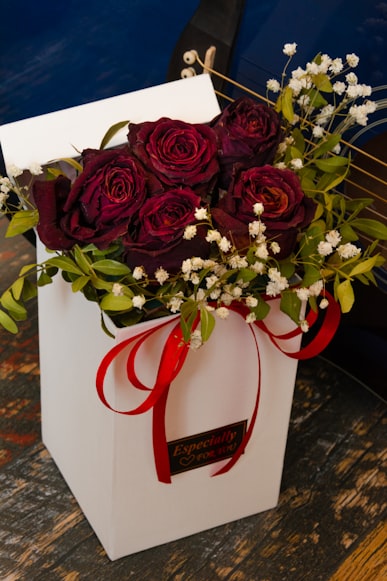Flower box liner material come in different sizes and shapes, depending on what type of plant you want to grow. You can find liners in clear plastic, translucent plastic, or even in a variety of colors. They’re usually sold in rolls and cut into smaller pieces to fit specific needs. If you’re looking to buy liners online, there are plenty of options out there. However, it’s best to shop around because some retailers offer better prices than others.
The main reason why people choose to use liners or flower box inserts in their flower or window boxes is to keep the dirt from spilling over onto the floor. This way, you don’t have to clean up the mess every day. Another advantage of using liners is that you can easily add water without having to worry about getting wet feet.

Flower Box Liner Material You Can Use
Plastic
Plastic is the only material that does not absorb moisture. This makes it ideal for lining a container such as a flower box. A plastic liner keeps the soil dry and prevents it from soaking up water, making it less likely to cause the wood to rot. You can even put some gravel inside the liner to keep the soil from compacting too much.
If you are planning to plant different types of plants in your flower box, you might want to consider using a plastic liner. Some people think that planting directly into wood causes the wood to rot over time. However, there are many ways to prevent this problem. For example, you could place a layer of pebbles under the soil to act as a barrier against moisture. Or you could add a thin layer of sand around the edges of the wood to seal off the wood from absorbing moisture.
You can also buy liners specifically designed for planters. These liners come in several sizes and shapes. They are usually made of polyethylene or PVC. Polyethylene is a type of plastic that is resistant to UV rays. PVC is another option that is often used because it is waterproof.
Resin
Planters are one of those essential items that you just don’t think about replacing often enough. But it doesn’t take much to make them look like something out of a science fiction movie. And now there’s a way to keep them looking good even when they’re underwater.
The secret lies in a material called “resin,” which is basically a mixture of water and plastic. You apply it to your plant pots and let it dry. Then you fill them up with soil and plants. When you turn off the tap, the resin inside the pot becomes a barrier against moisture.
If you want to use resin in place of concrete, you’ll need to pour it into a mold and allow it to harden. Once hardened, you can remove the container and fill it with dirt. If you want to reuse the same mold over and over again, you’ll need to coat it with resin every time.
Fiberglass
When you buy a plant pot, you want something that looks nice and holds water well. But what happens if you put that pot outside during wintertime? You might end up with a lot of problems. Fiberglass pots are one of the best options for outdoor plants because they protect them from cold weather and keep the soil moist. However, fiberglass pots aren’t perfect. They’re heavy, expensive, and require special care. If you do decide to go with a fiberglass pot, make sure you know how to take care of it properly.
Pond Liner
Another great option for planting containers are pond liners. These liners come in different sizes and shapes, depending on what you want to plant. They are usually made out of plastic and are easy to install. If you don’t know how to work with pond liner, there are many tutorials online that show you how to do it.
You can use pond liners to line planters, flower pots, bird baths, and even fish tanks. Pond liners are very durable because they are waterproof, so you won’t have to worry about water leaking into your container.
The best thing about pond liners is that they are reusable. When you no longer need them, you can just throw them away. This makes them eco-friendly and cost effective.
Conclusion
There are varieties of liner material you can try to use. Try one of them, and then share with us your experience when arrange the flower. Leave your comment below!
Thanks for reading!